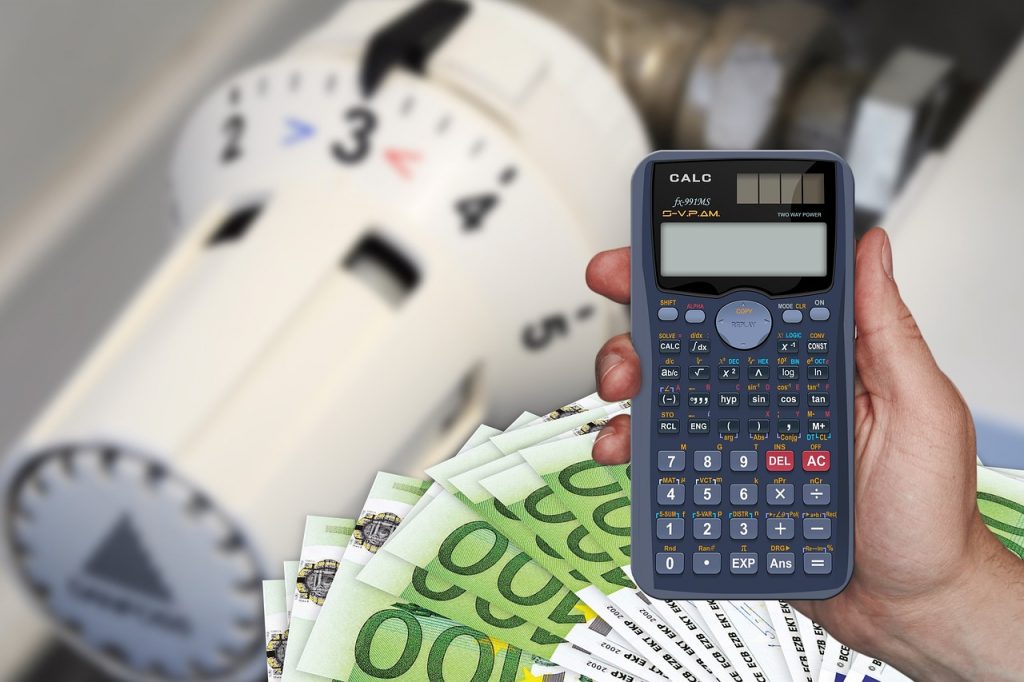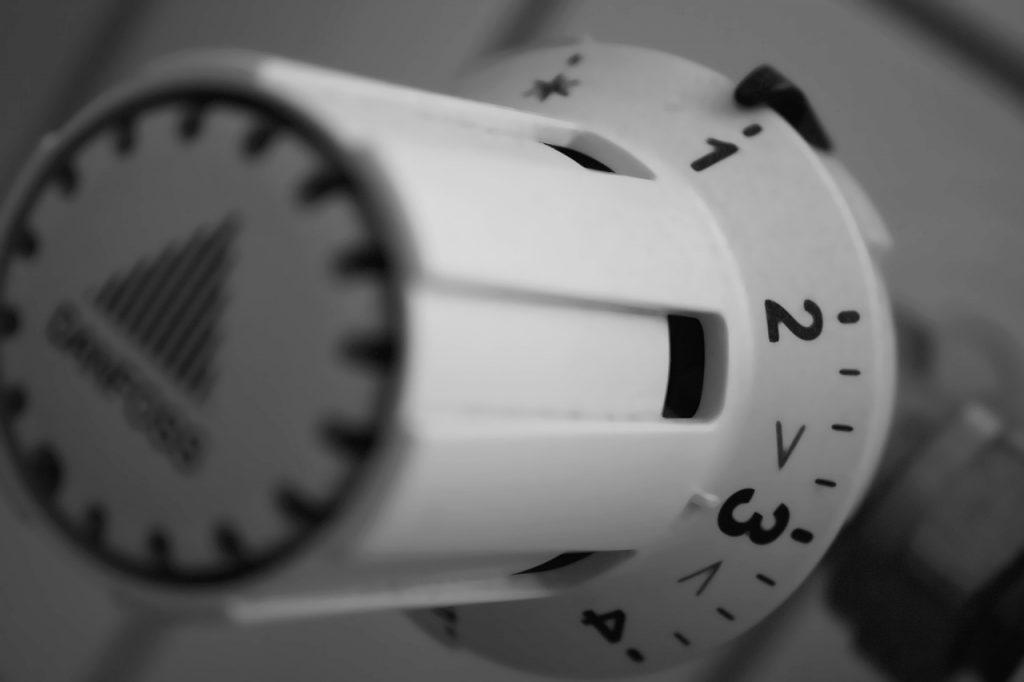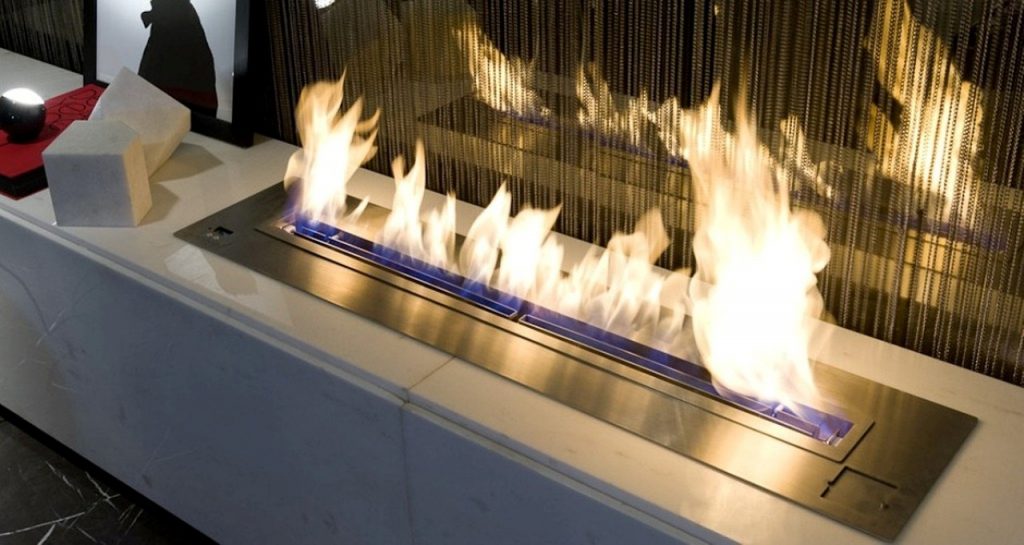Keeping your home warm during the colder months in the UK can feel like a constant battle, especially when energy prices seem to rise every year. But staying cozy doesn’t have to mean burning money on heating bills. With a few smart adjustments and bit of regular maintenance, you can keep your home warm efficiently without worrying about unnecessary costs.
The Ideal Thermostat Settings for UK Homes
Finding the right balance between warmth and energy savings is key. The Energy Saving Trust recommends setting your thermostat to 18-21°C for a comfortable yet cost-effective temperature. Many people crank it up to 24°C or higher, but this isn’t necessary. Layering up slightly indoors and using proper insulation can make a big difference.
If you’re out of the house for extended periods, consider lowering the temperature to around 16°C. Smart thermostats like Nest or Hive can learn your routine and adjust accordingly, helping you save energy without even thinking about it.
Bleeding Your Radiators for Maximum Heat
Ever noticed cold spots on your radiators, particularly at the top? That’s trapped air preventing hot water from circulating properly, which means your heating system is working harder than it should.
Bleeding your radiators is one of the easiest ways to ensure they’re operating efficiently:
- Turn off the heating so you don’t risk burning yourself.
- Find the bleed valve (it’s usually at the top corner of the radiator).
- Use a radiator key (or flathead screwdriver for some models) to slowly turn the valve counterclockwise.
- Let the trapped air escape. You’ll hear a hissing sound.
- As soon as water starts coming out, tighten the valve.
- Check your boiler pressure. Releasing air might cause it to drop, so top it up if needed.
Make a habit of doing this before winter kicks in, and your heating system will thank you with toasty radiators that work properly.
Smart Ways to Use Your Central Heating Efficiently
Heating your home doesn’t just come down to setting the thermostat and forgetting about it. A few small changes can have a huge impact on both warmth and savings:
- Use timers. Set your heating to come on 30 minutes before you wake up and switch off about 20 minutes before you leave.
- Don’t heat empty rooms. Turn off radiators in guest rooms or little-used spaces.
- Keep doors closed. This helps contain the heat where you actually need it.
- Avoid drying clothes on radiators. This makes your boiler work harder, increasing energy costs.
- Reflect the heat. Placing aluminium foil behind radiators (especially on external walls) helps push heat into the room rather than being absorbed by the wall.
The Importance of Regular Boiler Servicing
A neglected boiler is an inefficient one. And a potential safety risk. Getting an annual boiler service ensures it’s operating at peak efficiency and could prevent unexpected breakdowns during freezing weather.
Engineers check for:
- Gas leaks or carbon monoxide issues
- Blocked or damaged parts affecting performance
- Sediment buildup reducing efficiency
- Overall system wear and tear
If your boiler is over 15 years old, it might be worth upgrading to a modern, energy-efficient condensing boiler. These can be up to 90% efficient, meaning you get maximum heat output without wasting energy.
Insulation: The Ultimate Heat Retention Trick
No matter how good your heating system is, it’s pointless if all the warmth is escaping. Insulating your home properly is one of the most effective ways to cut heating costs.
- Loft insulation: Heat rises, and without proper insulation, you could be losing up to 25% of your home’s heat through the roof.
- Cavity wall insulation: If your home was built after the 1920s, it likely has unfilled cavity walls, which can drastically reduce heat loss if properly insulated.
- Draught-proofing: Self-adhesive strips around windows and doors can stop cold air from creeping in. Even using thick curtains or a simple draught excluder under doors can make a noticeable difference.
Many UK government schemes offer grants or discounts on insulation, so it’s worth looking into whether you qualify for any financial help.
Winter doesn’t have to mean sky-high heating costs or shivering under blankets. By tweaking your thermostat settings, maintaining your heating system, and ensuring your home is properly insulated, you can enjoy a warm, energy-efficient home without nasty surprises on your energy bill.
Frequently Asked Questions
How often should I bleed my radiators?
Ideally, once a year. Preferably before winter sets in. If you notice cold spots or strange noises coming from your radiators, it’s a good idea to check for trapped air.
Is it cheaper to leave the heating on low all day?
No, this is a common myth. It’s more energy-efficient to heat your home only when needed. Using a thermostat and timer ensures you’re not wasting heat when it’s unnecessary.
What’s the best type of insulation for an older home?
For period properties, loft insulation and solid wall insulation are particularly effective. Many older homes lack cavity walls, so insulating the internal walls can be a game-changer in retaining heat.
How can I tell if my boiler needs replacing?
If it’s over 15 years old, frequently breaking down, or your energy bills keep rising despite good insulation, it might be time for an upgrade. A modern condensing boiler could save you hundreds of pounds each year.
Are smart thermostats worth the investment?
Definitely! A good smart thermostat adjusts heating based on your routine, leading to lower energy bills. Many models also allow you to control your heating remotely via an app, which is ideal if your schedule changes unexpectedly.







